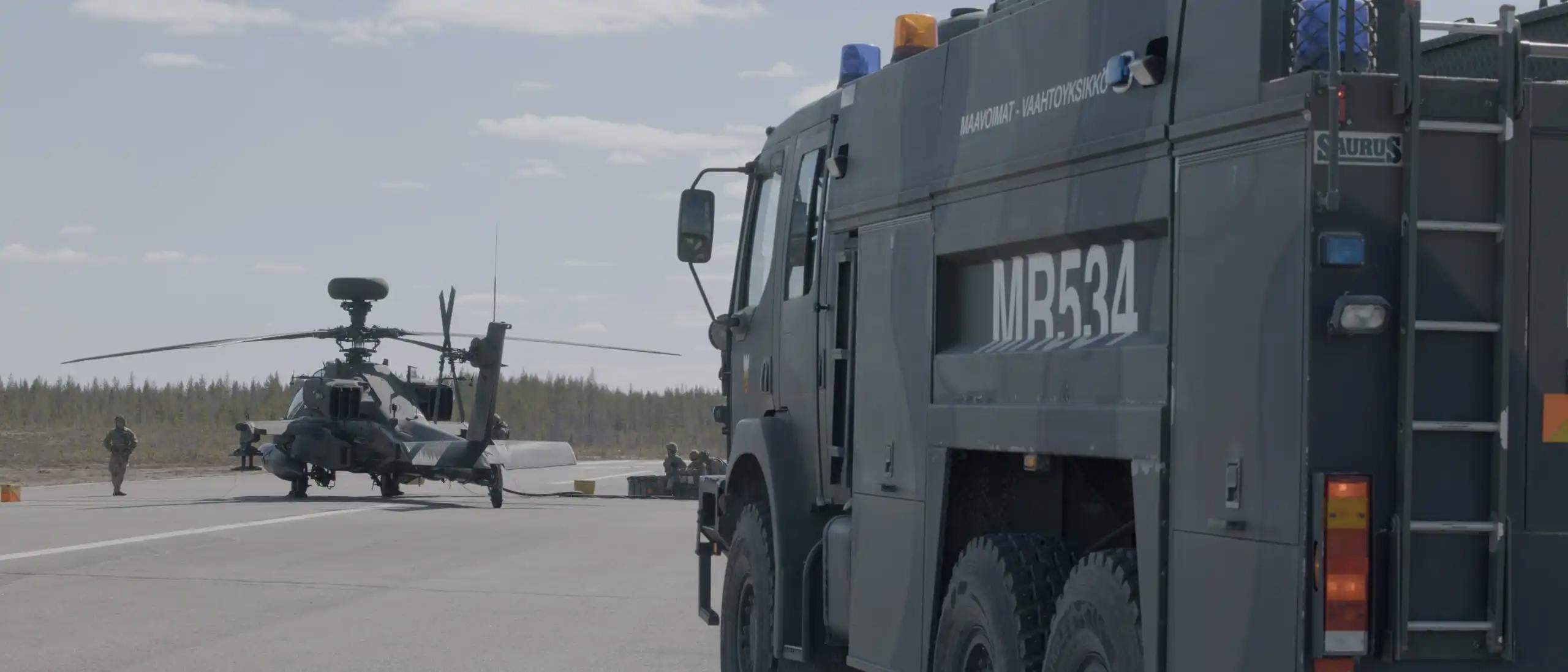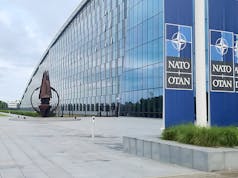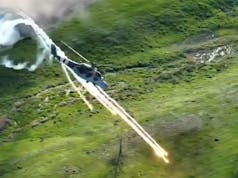British rocket artillery and Apache helicopters have operated together in a live-fire exercise on European soil for the first time.
The British Army confirmed that 3rd Regiment Royal Horse Artillery (3RHA) deployed its Multiple Launch Rocket System (MLRS) during Exercise Northern Strike 25 in Northern Finland. The exercise also involved Apache AH-64E helicopters from 4 Regiment Army Air Corps.
Exercise Northern Strike 25 brought together troops from the United Kingdom, Finland, Sweden and other NATO nations to conduct large-scale live-fire drills and demonstrate integrated joint operations.
The MLRS is a highly mobile, self-propelled artillery platform capable of firing guided rockets with high accuracy. Operated by a crew of three, the system can fire up to 12 rockets in under 60 seconds, either individually or in rapid succession. The rockets have an effective range of approximately 70 to 84 kilometres depending on the munition type. The system is designed to rapidly relocate after firing in order to avoid counter-battery fire, a tactic often referred to as “shoot and scoot”.
During the exercise, the MLRS was flown into Sweden and then moved into Finland to join allied artillery units for coordinated fire missions. The deployment demonstrated the British Army’s ability to transport heavy precision-fire systems quickly and integrate them into multinational formations.
Supporting air cover was provided by AH-64E Apache helicopters. The AH-64E is the latest version of the attack helicopter and is equipped with improved sensors, communications systems, engines and composite rotor blades compared to earlier variants. It can reach speeds of up to 300 kilometres per hour and is designed for a range of missions, including close air support, deep strike, and reconnaissance.
The Apache’s radar and targeting systems allow it to detect and classify up to 256 potential targets and prioritise the top 16 threats within seconds. It is armed with a 30mm chain gun, AGM-114 Hellfire missiles and Hydra 70 rockets.
The British Army stated in an official update that “this is the first time UK rocket systems and Apaches have operated together in Europe.”
The exercise forms part of a broader series of multinational drills taking place across Scandinavia and northern Europe this year. These activities are intended to strengthen NATO readiness and improve operational integration between alliance members.
“Joint exercises like Northern Strike 25 demonstrate the UK’s commitment to NATO, new NATO members and our international partners,” the update added. “They ensure that the UK and its allies can integrate and operate in combat situations.”















So can the Apache do better target identification than the Wildcat Wescam?
Helicopters over the battlefield belong in history books.
They will only survive by using shoot and scoot tactics, popping up briefly to identify targets and fire. That ability has existed for a long time, ever since the longbow radar was installed. Najaf showed their vulnerability in open terrain. In due course, much of what they currently do will probably be carried out by UCAVs.
The pop up part can probably be done by a UAV already so the APACHE can sit with zero EM emissions and wait for the target data.
I think that is iteration #1 – you don’t risk the principle finding out what is going on.
Russian helicopter gunships belong in the history books.
Grinch, that is surely only true if your enemy has a highly effective anti-air capability and you expose the aircraft for long periods of time and at too high an altitude.
So as I read it we had one MLRS in action that should worry Putin it certainly worries me.